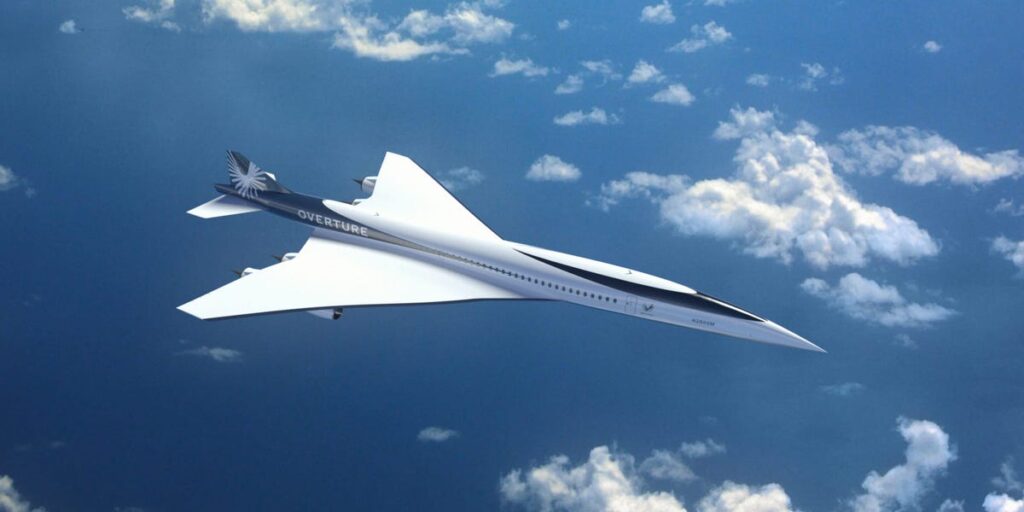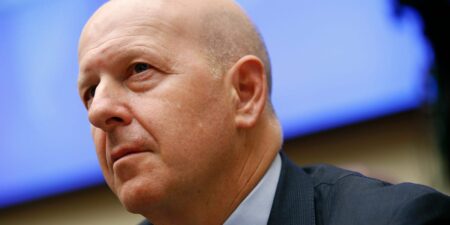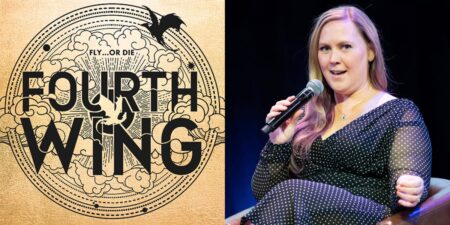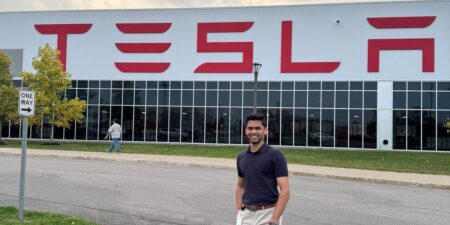- Boom Supersonic announced that it can fly faster than the speed of sound without a sonic boom.
- Elon Musk backed the CEO’s calls for regulatory changes to allow supersonic flights over land.
- A change in regulations could help the Colorado-based planemaker attract more airline customers.
Commercial flights faster than the speed of sound have taken another step closer to reality.
Boom Supersonic announced Monday that its airliner can fly above Mach 1 without producing a sonic boom audible from the ground.
As Concorde could only fly supersonic over water, this discovery could lead to a change in aviation laws and allow domestic supersonic commercial flights for the first time.
Current regulations prohibit planes from flying supersonic over land due to the risk of sonic booms disturbing people and possibly damaging buildings.
However, Boom CEO Blake Scholl is hopeful that the firm’s technology — dubbed Boomless Cruise — can change this.
Elon Musk also voiced his support, replying to Scholl on X: “This administration will get rid of all regulations that make no sense, like this one.”
This administration will get rid of all regulations that make no sense, like this one
— Elon Musk (@elonmusk) February 10, 2025
Boomless Cruise is possible thanks to a physics term called Mach cutoff.
If the sound barrier is broken at a high enough altitude, the sound waves can essentially U-turn in the atmosphere before reaching the ground.
Boom first achieved supersonic flight last month when its XB-1 prototype hit Mach 1.12 while flying over the Mojave Desert.
The firm said it placed microphones on the ground along the flight path to confirm that sonic booms didn’t reach the ground.
Scholl said it makes use of technology that wasn’t available in the era of Concorde, which began commercial service in 1976.
“Boomless Cruise requires engines powerful enough to break the sound barrier at an altitude high enough that the boom has enough altitude to U-turn,” he wrote on X. “And real-time weather and powerful algorithms to predict the boom propagation precisely.”
Boom decided to build its own engine, called Symphony, after major manufacturers declined to help. It previously had a contract with Rolls-Royce before the latter decided it didn’t want to prioritize commercial supersonic flight.
If regulations change, Boom’s Overture airliner could make coast-to-coast US flights 90 minutes faster, Scholl said.
However, he added that Boomless Cruise can only work between Mach 1.1 and 1.3 — below Overture’s top speed of Mach 1.7.
Nonetheless, Boom’s latest breakthrough could bring supersonic flight closer to being a practical choice for more airlines.
The Colorado-based startup has an order book of 130, with customers including American Airlines and United Airlines.
Read the full article here
















